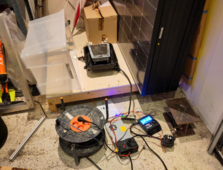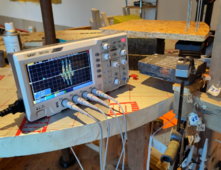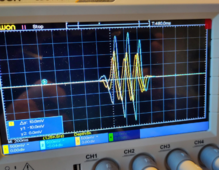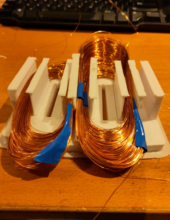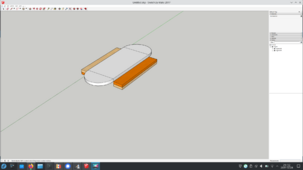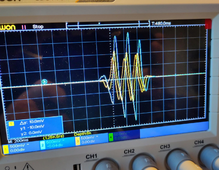brandnewb
Going for serious. starting as newb
ahh ok. I use a standard pvc sewage pipe of 80mm diam to wind the coils. But I place small non abrasive wires in between the pipe and the coil before I begin as to make dislodging of the coil after winding so much easier.I meant the form you use to wind the coils. They should be tight and secure before you remove them from the winding form.
Last edited:



